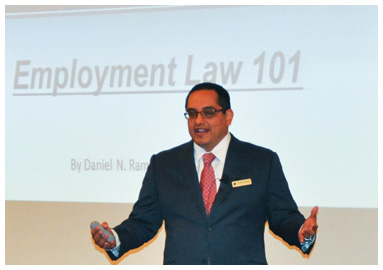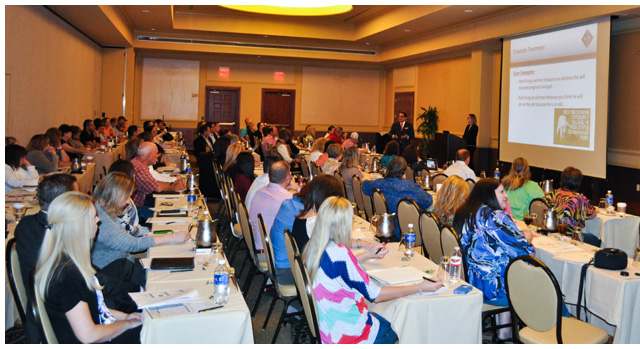 Rowdy behavior on construction jobsites is by no means a new phenomenon. Any employer who’s been through litigation stemming from sexual or racial harassment on a jobsite is keenly aware of that. Informing your managers of what to be on the lookout for and what’s completely unacceptable are key.
Rowdy behavior on construction jobsites is by no means a new phenomenon. Any employer who’s been through litigation stemming from sexual or racial harassment on a jobsite is keenly aware of that. Informing your managers of what to be on the lookout for and what’s completely unacceptable are key.
Some of the types of harassment now generating litigation against business owners are changing. Employers need to know that they can’t simply dismiss claims as frivolous just because the harassment takes on a form they might not have expected.
During a recent employment law conference hosted by K&S Insurance Agency in the Dallas area, attorney Daniel Ramirez of Monty & Ramirez LLP told a room full of employers from the construction industry and others about the changing face of harassment on jobsites. Ramirez spoke on things that happen in construction and other fields as well, by the way.
It is now much more common to see male-on-male harassment and harassment that is happening between people of the same race, Ramirez said. He also told business owners and human resources professionals that in one case of “same race harassment,” a company was forced to pay out $200,000 to some of its employees. Same race harassment is a huge trending topic to be aware of, Ramirez said.
There are also now many more cases of reverse discrimination making their way through the courts, he said. There have been quite a few cases in which white people have made the case that a person got a job or was awarded a promotion because a person was in a minority group. “There's a possible claim there as well if they can prove that the black employee was given the job because of race,” Ramirez said. “You cannot make decisions based on protected categories,” he said, stressing the fact that you can’t award or punish based on race or gender. Neither is ok.
One thing the Equal Employment Opportunity Commission (EEOC) is now watching closely is what the agency calls “pregnancy discrimination,” Ramirez said. It’s on top of the list for things the government is watching and, as with race, the EEOC is simply trying to ensure that there is no special treatment or punishment based on pregnancy status. Bottom line on this is an employer is to generally treat the pregnant employee the same way they would anyone else.
Ramirez gave the example of a woman working as a waitress. When her boss found out she was pregnant, he told the woman she could work as a hostess at the restaurant so that she would not be as physically exhausted by her job. “She never asked for the special accommodation,” Ramirez said. “The manager took his own action and put her in a different position because she was pregnant.” That is legally problematic because the manager is required to treat the pregnant woman the same as he would anyone else on his staff.
But this can get tricky. If that woman had asked to work lighter duty because she is pregnant, some common sense has to come in to the equation. “Based on this hypothetical, I would lean toward making that general accommodation,” Ramirez said.




Add new comment